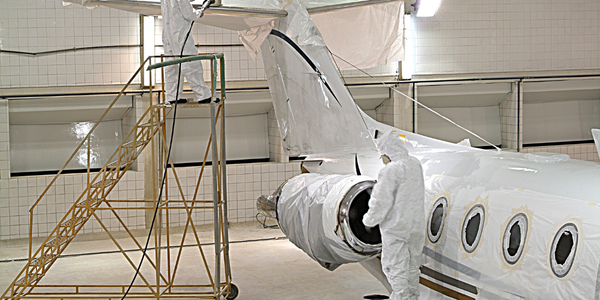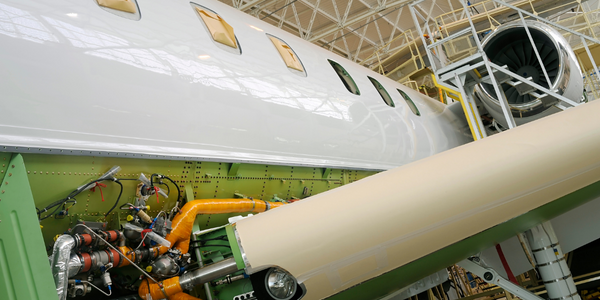公司规模
Mid-size Company
地区
- America
国家
- United States
产品
- E2 MFG
技术栈
- AS400 system
- Excel
- QuickBooks
实施规模
- Enterprise-wide Deployment
影响指标
- Productivity Improvements
- Cost Savings
技术
- 功能应用 - 企业资源规划系统 (ERP)
适用行业
- 航天
适用功能
- 离散制造
用例
- 自动化制造系统
- 库存管理
服务
- 系统集成
关于客户
Jonal Laboratories 是一家由化学家 Jon Nemeth 于 1965 年创立的公司。该公司生产复合材料,并将其制成航空航天工业的密封件。他们自己生产橡胶密封件,有时这些橡胶采用织物加固,因此可以根据需要制造任何形状和尺寸的密封件。他们可以制造最大尺寸为 13 英尺 x 2 英尺的密封件或直径最大为 6 英尺的 O 形环。他们的一种零件甚至用于宇航服。为了为这些行业制造零件,Jonal Laboratories 需要按时生产出质量上乘的精确零件。多年来,他们使用了几种不同的系统来实现这一目标。
挑战
Jonal Laboratories 是一家生产复合材料并将其制成航空航天工业密封件的公司,其旧系统面临着挑战。他们使用 80 年代末的 AS400 系统来处理大部分制造方面的问题,使用 Excel 来控制质量,使用 QuickBooks 和 Excel 来处理会计系统。很难找到信息,即使找到了,也不能确定信息是否准确和最新。旧系统使得培训新员工和保持车间工作进展变得更加困难。当他们雇用大量新员工时,他们意识到他们的系统对外人来说毫无意义。他们需要一个系统,让他们的专业知识易于查找,并确保他们查看的是最新信息。
解决方案
Jonal Laboratories 实施了 E2 MFG,以帮助组织、自动化和发展其运营。E2 MFG 将所有内容整合在一起,确保他们查看的是最新信息,并且他们可以一次输入数据,然后整个系统都会立即更新。这使他们更容易找到信息并确保其准确性。E2 MFG 还帮助 Jonal Laboratories 自动化了部分流程。操作员只需走上前去,扫描他们的工作,扫描材料的批号和材料名称,然后前往工作地点,扫描数量旁边的条形码。这样就无需在车间查看以获取答案并频繁开会,从而为他们节省了大量时间。
运营影响

Case Study missing?
Start adding your own!
Register with your work email and create a new case study profile for your business.
相关案例.

Case Study
Airbus Soars with Wearable Technology
Building an Airbus aircraft involves complex manufacturing processes consisting of thousands of moving parts. Speed and accuracy are critical to business and competitive advantage. Improvements in both would have high impact on Airbus’ bottom line. Airbus wanted to help operators reduce the complexity of assembling cabin seats and decrease the time required to complete this task.

Case Study
Aircraft Predictive Maintenance and Workflow Optimization
First, aircraft manufacturer have trouble monitoring the health of aircraft systems with health prognostics and deliver predictive maintenance insights. Second, aircraft manufacturer wants a solution that can provide an in-context advisory and align job assignments to match technician experience and expertise.

Case Study
Aerospace & Defense Case Study Airbus
For the development of its new wide-body aircraft, Airbus needed to ensure quality and consistency across all internal and external stakeholders. Airbus had many challenges including a very aggressive development schedule and the need to ramp up production quickly to satisfy their delivery commitments. The lack of communication extended design time and introduced errors that drove up costs.

Case Study
Accelerate Production for Spirit AeroSystems
The manufacture and assembly of massive fuselage assemblies and other large structures generates a river of data. In fact, the bill of materials for a single fuselage alone can be millions of rows of data. In-house production processes and testing, as well as other manufacturers and customers created data flows that overwhelmed previous processes and information systems. Spirit’s customer base had grown substantially since their 2005 divestiture from Boeing, resulting in a $41 billion backlog of orders to fill. To address this backlog, meet increased customer demands and minimize additional capital investment, the company needed a way to improve throughput in the existing operational footprint. Spirit had a requirement from customers to increase fuselage production by 30%. To accomplish this goal, Spirit needed real-time information on its value chain and workflow. However, the two terabytes of data being pulled from their SAP ECC was unmanageable and overloaded their business warehouse. It had become time-consuming and difficult to pull aggregate data, disaggregate it for the needed information and then reassemble to create a report. During the 6-8 hours it took to build a report, another work shift (they run three per day) would have already taken place, thus the report content was out-of-date before it was ever delivered. As a result, supervisors often had to rely on manual efforts to provide charts, reports and analysis.

Case Study
Developing Smart Tools for the Airbus Factory
Manufacturing and assembly of aircraft, which involves tens of thousands of steps that must be followed by the operators, and a single mistake in the process could cost hundreds of thousands of dollars to fix, makes the room for error very small.








